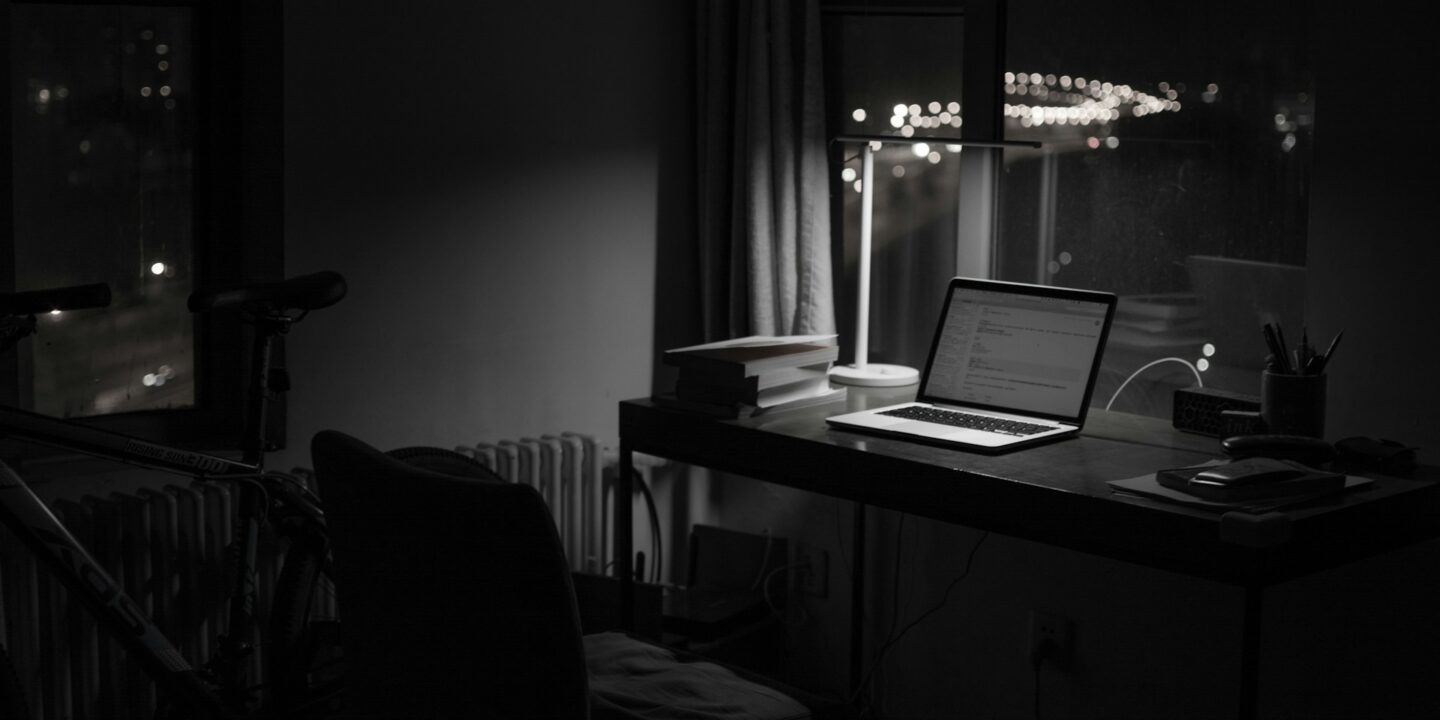
Introduction – The Side of Remote Work Nobody Talks About
You close your laptop after the last video meeting of the day. No chatter in the background. No colleague leaning over to ask a question. Just the hum of your fridge and the distant sound of traffic outside.
Working remotely can be freeing, no commute, more control over your schedule, and the ability to work in slippers. But there’s another side that sneaks up on you: the quiet. Too much of it.
In a 2023 Buffer survey, almost a quarter of remote workers admitted loneliness was their biggest challenge. It’s not always the deep, aching loneliness people imagine. Sometimes it’s just a low hum in the background, slowly draining your energy. The kind that makes you realize you’ve gone two days without speaking out loud to another human being.
The thing is, this isn’t a permanent trade-off. With a bit of planning, you can enjoy the perks of remote work without feeling cut off from the rest of the world.
Why Remote Workers Feel Disconnected

What Loneliness Really Looks Like
For remote workers, loneliness can be sneaky. You might not feel “sad” exactly. Instead, you notice:
-
It’s harder to start your day.
-
You feel less engaged in meetings.
-
Small setbacks frustrate you more than usual.
And there’s a difference between choosing to be alone and feeling alone. The first can be recharging. The second? Draining.
How Remote Work Fuels Isolation
Remote setups change the rhythm of connection:
-
You lose casual encounters, those quick chats that happen on the way to get coffee.
-
Every interaction has to be scheduled.
-
Time zone differences stretch out response times.
-
You miss non-verbal cues that make conversations feel warmer.
Workplace psychologist Rachel Morrison once said, “Relationships are built in the small moments between tasks. Remote work strips many of those moments away unless you make space for them.” She’s right.
Practical Ways to Stay Connected
1. Give Yourself a Social Routine
Don’t wait for the connection to happen – plan it.
-
Set up virtual coffee chats with a colleague or someone in your industry.
-
Join online coworking sessions where people quietly work together but chat during breaks.
-
Arrange weekly check-ins that allow for a bit of personal talk before diving into work.
One marketer I know starts every Monday with a quick “catch-up call” with her teammate in another country. They talk about weekend plans before talking about projects. It’s a small thing, but it makes Monday mornings feel less heavy.
2. Mix In-Person Contact Into Your Week
Even if most of your work is online, try to be around people in real life:
-
Spend a day in a coworking space.
-
Work from a coffee shop with a lively atmosphere.
-
Go to local professional meetups or workshops.
I’ve found that even one “out of house” workday a week changes the tone of my entire week.
3. Use Technology for Connection, Not Just Tasks
Your tools can do more than manage deadlines.
-
Join Slack or Discord communities related to your work.
-
Create casual channels for non-work chat.
-
When possible, switch from text to video. A smile or laugh goes further than an emoji.
4. Bridge Time Zones With Real Interaction
If your work involves global clients or teammates:
-
Identify one or two overlapping hours where you can meet live.
-
Use scheduling tools like World Time Buddy or Google Calendar’s time zone feature.
-
Rotate meeting times so the inconvenience is shared.
I once worked with a developer in Sydney while I was in New York. We set a twice-weekly call at 7 a.m. for me and 9 p.m. for him. It wasn’t perfect, but it helped us feel like an actual team.
5. Have a Post-Work Ritual
End your workday with something that involves people:
-
Go for a walk with a neighbor.
-
Join a sports league or hobby group.
-
Volunteer somewhere local.
These small rituals can help you mentally “leave the office” and reset.
Building the Right Mindset
Look After Your Mental Health
Remote work blurs the lines between personal and professional life, which can mess with your head.
-
Try short meditation sessions or mindful breathing with apps like Headspace.
-
Keep a journal; it’s surprising how much clearer your feelings get when you put them on paper.
Keep Work and Life Separate
Have a distinct shutdown routine, maybe you close the laptop, change clothes, and step outside for a few minutes. It tells your brain: work is done for today.
Keep Growing and Meeting New People
Sign up for courses that have live classes or group projects. Whether it’s a professional bootcamp or a creative writing workshop, you’ll meet people while learning something new.
Pitfalls to Avoid
-
Relying on work alone for social interaction is dangerous if projects slow down.
-
Overloading yourself with meetings to feel connected, that’s a shortcut to Zoom burnout.
-
Never overlapping with other time zones – asynchronous work is fine, but occasional real-time contact is key.
Real Stories That Work
The Global Network Builder
A freelance copywriter joined three online communities in her niche. Over a year, she built friendships and collaborations across five continents. Now, she says she never feels “alone” at work, even though she works from home.
The Local Connector
One remote IT worker started a Friday morning “Remote Workers Meetup” at a public library. The first time, only two people showed up. Now, it’s a standing gathering of 15–20 people who work silently side-by-side, with plenty of coffee and conversation breaks.
A Simple Action Plan
-
Know what you need socially. Not everyone needs the same level of interaction.
-
Put it on your calendar. Treat social connection like any other meeting.
-
Mix online and offline. Screens are fine, but fresh air and face-to-face moments help more than you think.
-
Check in with yourself regularly. If you’re still feeling disconnected, tweak your approach.
Wrapping It Up
Remote work can be incredibly rewarding, but it doesn’t have to mean feeling cut off. If you build connection into your week, balance screen time with real-world interaction, and take care of your mental health, you can have the freedom you wanted without the isolation you feared.
Start with one thing this week, maybe it’s a virtual coffee, maybe it’s a new coworking spot. These small changes stack up. Before long, you’ll have a routine that keeps you productive and connected.
“Remote doesn’t have to mean alone, not if you design your work life with connection in mind.”
















No Comments